Night Trek to Sapporo Dake, Hokkaido
Experience a night trek to Sapporo Dake, Hokkaido, with city lights, sunrise, and practical tips for trekkers.

- Dr. Vivek Shilimkar
- 3 min read
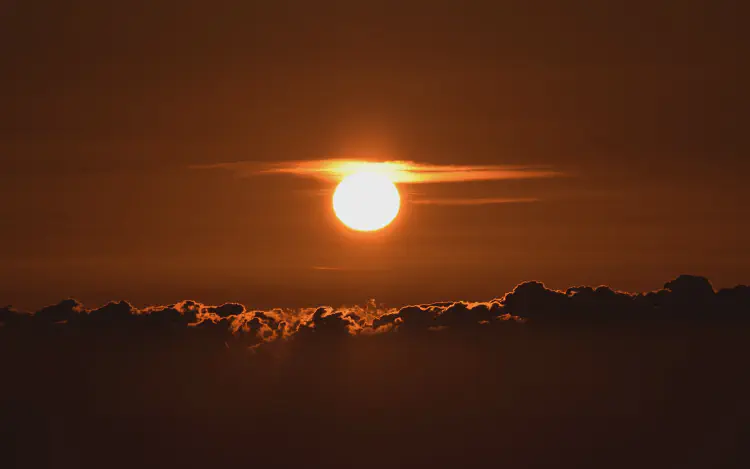
Sapporo (札幌) is the vibrant capital of Hokkaido Island (北海道), a paradise for mountain lovers, ocean seekers, and anyone looking to escape the bustle of big cities. The region is dotted with small (やま) and medium (だけ) sized mountains, ranging from 300 to 1300 meters high. Among these, Sapporo Dake (札幌岳)—also known as Mt. Sapporo—stands out as a favorite for trekkers, rising to about 1250 meters.
What makes Sapporo Dake special is not just its height, but the challenge: the base starts nearly at sea level, and the trail is rugged and uneven, making the trek moderately difficult. Thankfully, a cozy hut halfway up the mountain offers a place to cook, eat, and rest. The hut is equipped with basic utensils and sleeping bags, so you can plan a two-day adventure. Note: The hut is only open on the 1st and 3rd weekends of each month, and you must reserve in advance via Hokkai-Gakuen University (Tel. 011-841-1161).
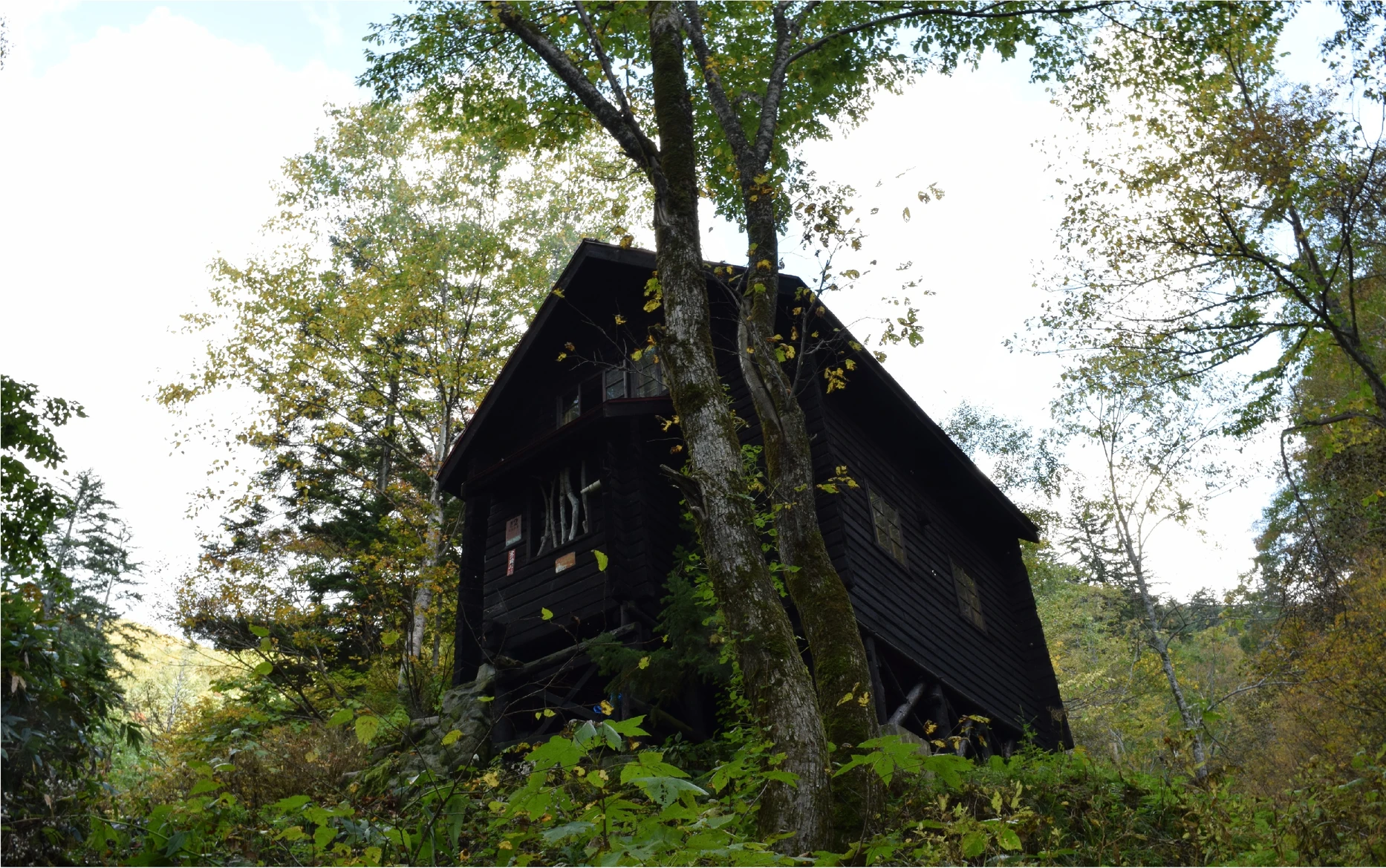
Hut in the middle of the mountain
Trekking Plan: Chasing Sunrise
To witness the magical city lights and a breathtaking sunrise from the summit, follow this plan:
- Start your climb in the evening (the day before).
- Rest overnight in the hut.
- Resume climbing about two hours before sunrise (e.g., if sunrise is at 5:30 AM, start at 3:30 AM) to reach the peak 10–15 minutes before dawn.
Reaching the summit before sunrise rewards you with a spectacular panorama of Sapporo’s city lights melting into the first rays of day.
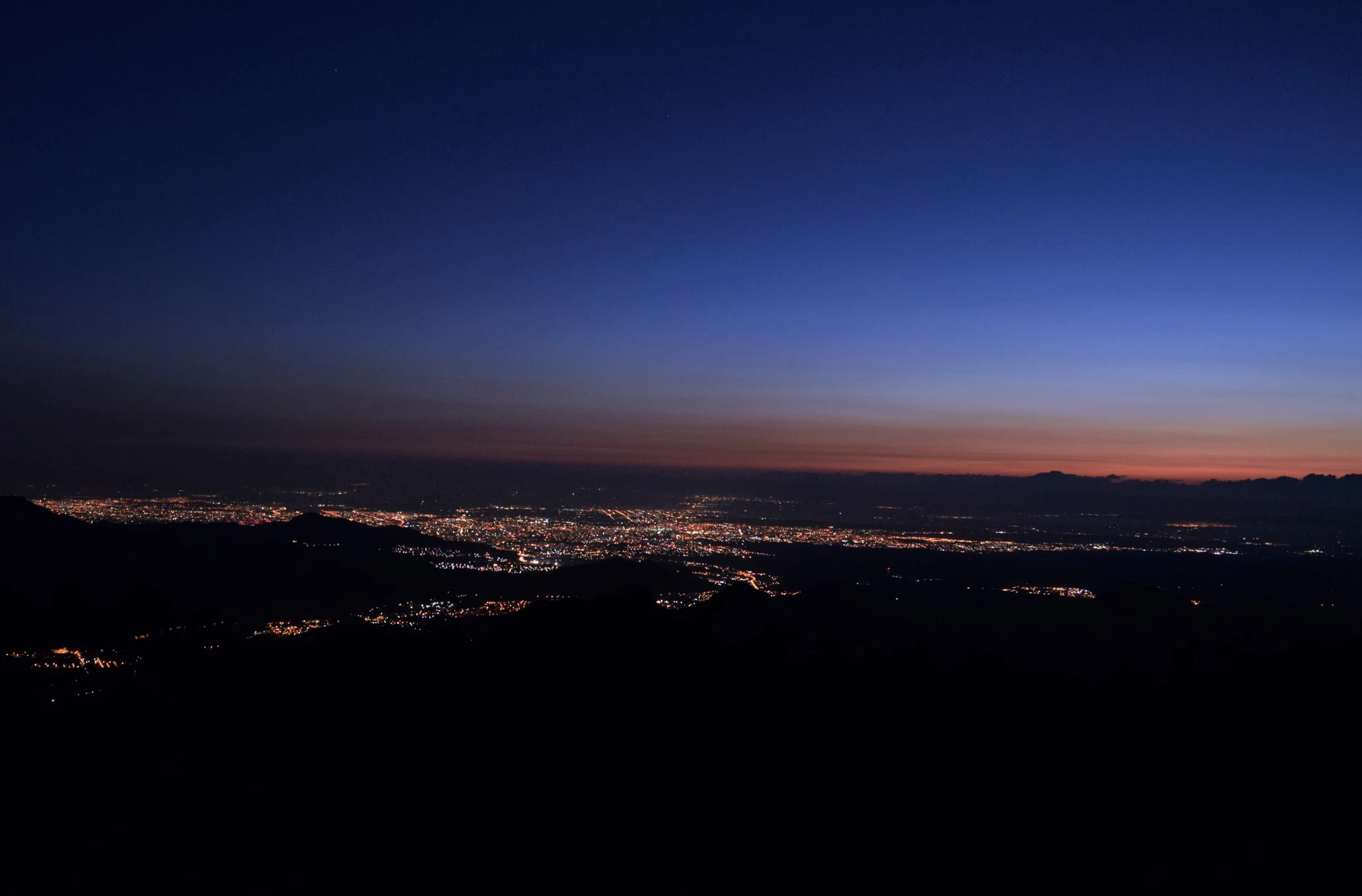
Sapporo City from the top of Sapporo Dake
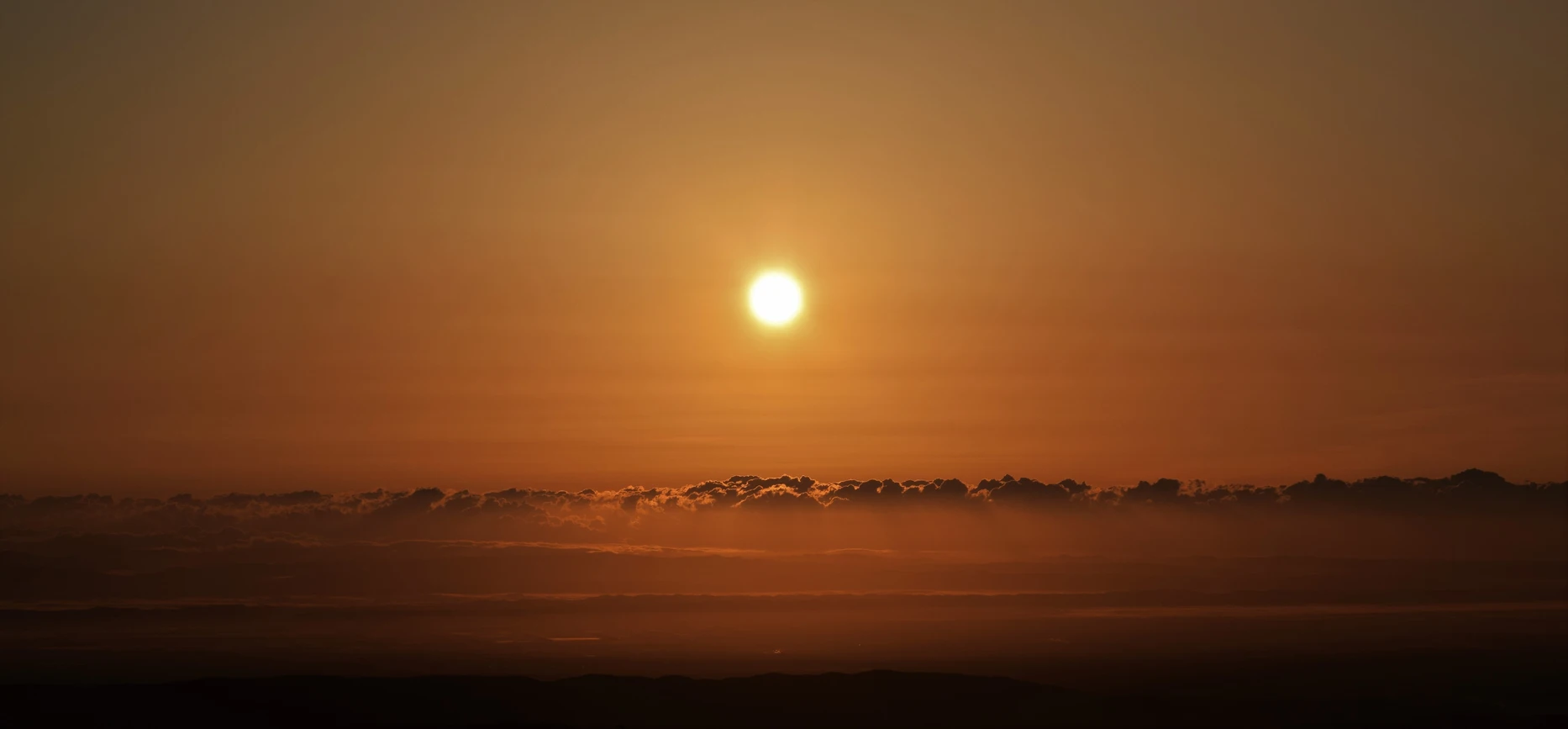
View of sunrise from Sapporo Dake
After sunrise:
- Descend at your own pace.
- Take breaks as needed, depending on your group’s energy.
- Celebrate completing an unforgettable trek!
What to Pack for a Night Trek
Preparation is key for a safe and enjoyable adventure. Here’s what you should bring:
- Clothing: Dress for the season, but always pack a warm coat—even in summer. Avoid trekking from November to May unless you’re experienced with snow and cold.
- Water: At least two liters per person.
- Food: The hut has a gas stove, oil, utensils, and water, but bring your own food and a spare gas can.
- Bell: Attach a bell to your pack to alert others and deter wildlife (especially bears). Encounters are rare, but a bell makes them even less likely.
- Lighting: Headlamp, flashlight, and extra batteries for night hiking.
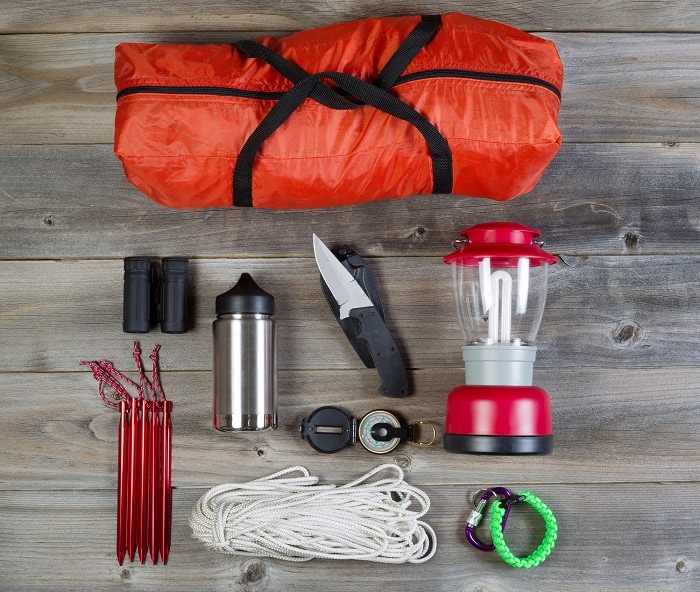
What to take on your trek
Pro Tips:
- The hut has no electricity—just a few solar and kerosene lamps for a vintage, peaceful vibe. Bring extra battery-powered lights if you want more brightness.
- The summit has very limited flat ground (enough for about three people to sleep), so camping on top is not recommended. The hut is the best option for comfort and safety.